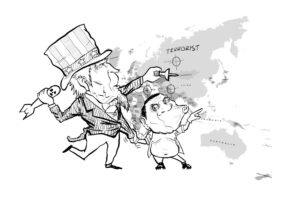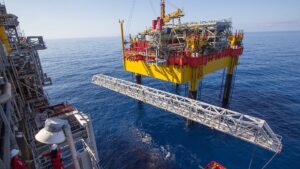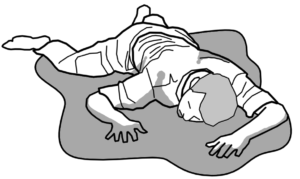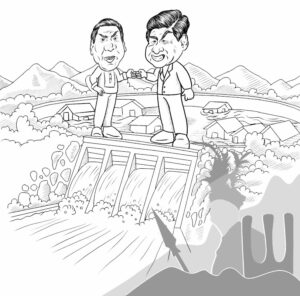Concentration of capital: Dissecting the "Forbes 2000"

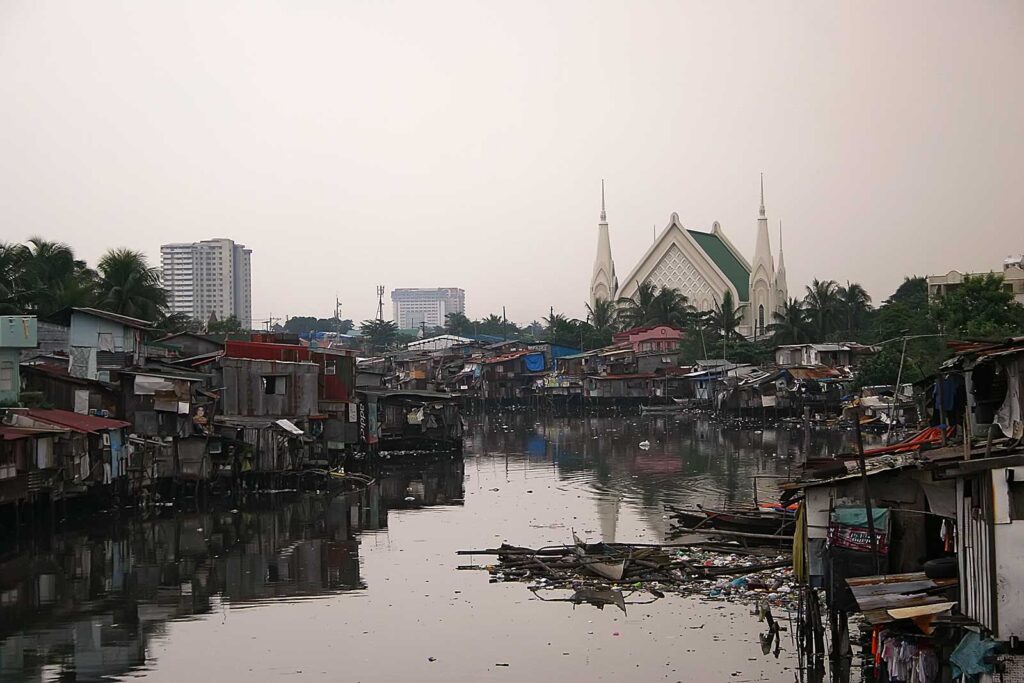
Forbes Magazine is one of the leading magazines of the monopoly capitalist world. It recently released its latest list of the biggest 2,000 corporations. It is instructive to study the list to come up with an overall view of the current picture of the global capitalist system: who are the biggest capitalists and the level of concentration of capital in the hands of a few monopolists.
These observations reaffirm the basic characteristics of imperialism as identified by V.I. Lenin in his study of monopoly capitalism.
1. The assets of the biggest 2,000 corporations amount to US$223.4 trillion. This is more than twice the US$84.5 world gross domestic product (GDP) in 2020. This is also equivalent to 62.33% of the US$358.4 trillion total national assets of all countries in the world.
All in all, the biggest 2,000 corporations are located in only 61 countries (31% of the total number of countries). More than half of their assets are found in only three countries: US, China and Japan.
2. The number of the biggest corporations in the US is twice as big as that in China. But the assets of Chinese and Hongkong companies (US$50.2 trillion) are almost equivlent to those of the US (US$51.76 trillion) indicating a higher concentration of capital in China.
3. The three biggest sectors or industries in terms of assets are all involved in financial operations. These include 289 banks, 132 diversified financial corporations (selling such products as housing loans, credit cards and others) and 114 insurance companies. The assets of these financial corporations amount to US$156.4 trillion or 70% of the overall assets of the biggest corporations. The assets of banks alone amount to US$107.5 trillion or 48.12% of the total.
Of the biggest banks, 44 are in China, 40 in Japan and 36 in the United States, comprising 41.52% of the total. The four biggest banks in terms of assets are in China: the Industrial & Commercial Bank of China (ICBC), China Construction Bank, Agricultural Bank of China and the Bank of China.
Of the diversified financial corporations, 52 are from the US while 19 are from China, or 55.3% of the total. While 28.07% of the insurance companies come from the US, the biggest are from Japan that hold 17.44% of all the sector’s assets.
4. Other sectors comprising the top ten biggest in terms of assets are Business Services and Supplies, Construction, Oil & Gas Operations, Consumer Durables, Utilities, Telecommunication Services and Drugs & Biotechnology.
The 67 Chinese construction companies hold 74.9% of the total assets in the sector. Far second are construction companies in Japan (19) that hold 6.74% of total assets, and the United States (17) with 3.36% of the total assets.
Companies involved in oil production and distribution have total assets of US$6.799 trillion. The biggest 20 companies own 65.89% of the total assets in the sector. Of the biggest oil companies, 21 are from the US, seven from Russia, six from Canada, six from Japan, five from India and four each from China and South Korea.
Forbes Magazine ranked the biggest oil companies as Royal Dutch Shell, ExxonMobil, Gazprom, BP, Total, Sinopec, Chevron and Rosneft. In 2020, the two Chinese companies were the biggest in terms of sales controlling 16.3% of the total.
(The complete article can be read at www.cpp.ph.)



